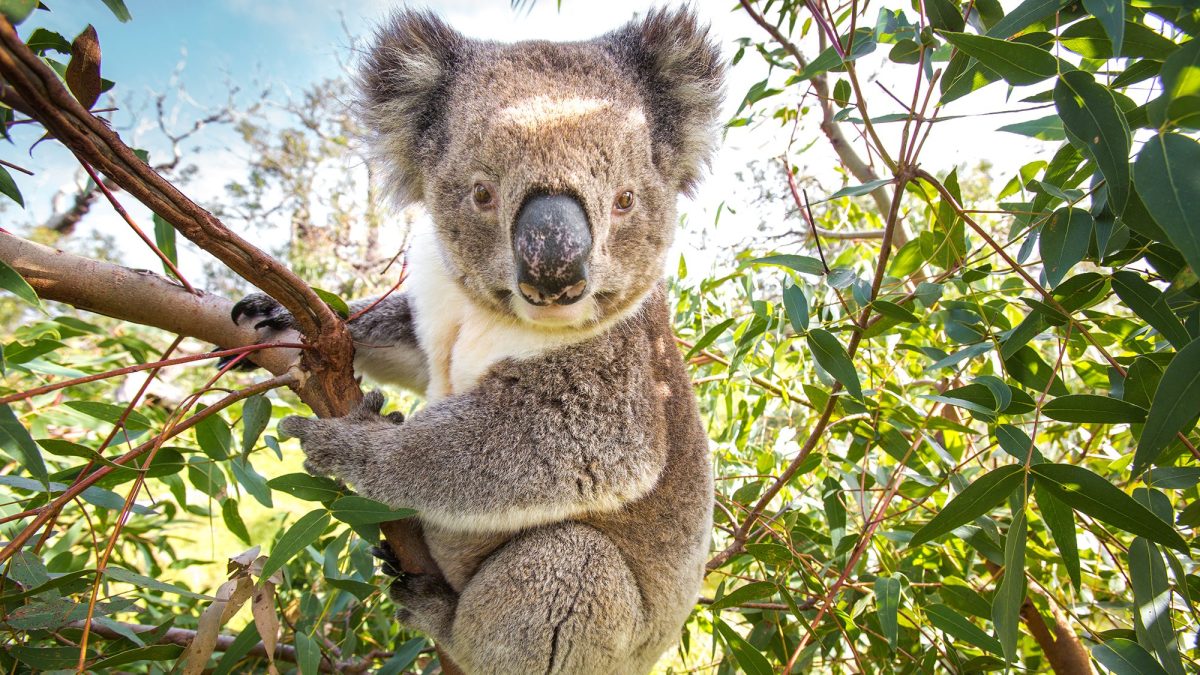According to the Australian Koala Foundation, there are fewer than 80,000 koalas left in the wild.
You may think that sounds like plenty of koalas, but you would be wrong.
The foundation says the 80,000 remaining koalas are unlikely to produce a new generation, rendering the species “functionally extinct,” the New York Post reported.
The term is used to describe an animal population that lacks enough breeding adults to support a new generation, or one breeding in such few numbers they are likely to get wiped out by disease.
The koala population has reportedly dwindled in the face of rising temperatures and heatwaves, causing widespread deforestation and fatal dehydration in the marsupials. Over half of the koala’s 128 known habitats in federal environments have become completely vacated, leaving only 41 with any animal inhabitants.
In response to the dwindling numbers, activists are calling for legislative action. Deborah Tabart, the chairman of the AKF, announced plans to petition Australia’s new prime minister to enact the Koala Protection Act following the election later this month.
“I know the Australian public are concerned for the safety of koalas and are tired of seeing dead koalas on our roads,” said Tabart in the statement released by the AKF.
The Koala Protection Act, which, according to Tabart “has been written and ready to go since 2016,” is based on the United States’ Bald Eagle Act. Enacted in 1940, the act has successfully protected the species, removing the bald eagle from the endangered species list.
“The Bald Eagle Act was successful because there was political motive to ensure their icon did not go extinct,” said Tabart. “It is time for the koala to be afforded the same respect.”
Editor’s Note: RealClearLife, a news and lifestyle publisher, is now a part of InsideHook. Together, we’ll be covering current events, pop culture, sports, travel, health and the world.
Thanks for reading InsideHook. Sign up for our daily newsletter and be in the know.



















